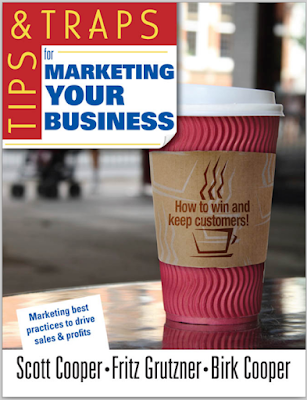We have in the past touched on the essentials of a brand, how brands are stored in the mind by way of impressions and how to build a remarkable brand.
The book Tips and Traps for Marketing Your Business is a great way to advance the marketing process that revolves around the brand, and this is done by building awareness.
There are four ways to do this:
The first and most effective way to achieve this is through advertising and promotion. Advertising can best be seen as mediated persuasion. And since persuasion has always been done by salesmen, then advertising is akin to mass production of salesmen.
A second way is use of traditional media. Yes, television, newspapers, radio and television still have a role to play even in a connected, digital world. They are mass media but the trick to effectively use traditional media is by not advertising to everyone. Instead, it is advisable to identify a target audience and focus on it.
The third tool to build your business is publicity. This is the often misunderstood world of public relations. Worth noting, however, is these four misconceptions:
- public relations is not free
- public relations is not just press releases and news stories
- public relations is not always externally focused
- public relations is not one-way communication.
The purpose of public relations is to ensure that a company or business has a positive image with the audiences that are important to its success.
Finally, interactive marketing. This is where the Internet plays a pivotal role in real time, boundless interactions between brands, organizations and both prospective and existing customers. The web has the effect of leveling the playground thanks to its ubiquitous reach and easy access to almost every one.
Key tools in Internet marketing comprise web sites, Email, social media networks, over the top platforms such as online chats and bots. It also includes online forums, content creation and video sharing platforms and more online destinations where Internet users congregate based on specific interests.
* * *
A business that is driven by passion can easily become your life. Overwhelmed by fears, as Mariah Carey sings, the owner can be tempted to hold it under grass... But a business thrives and evolves when that idea which adds value and helps customers solve problems or get to where they aspire to be, is let out to the world. And the real beauty is in watching it rise. Like a butterfly.
* * *







